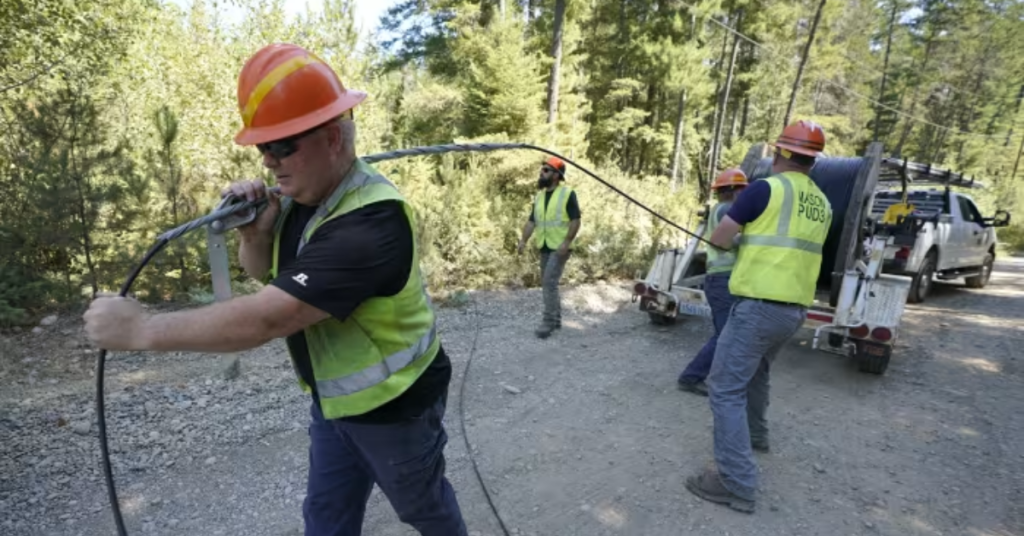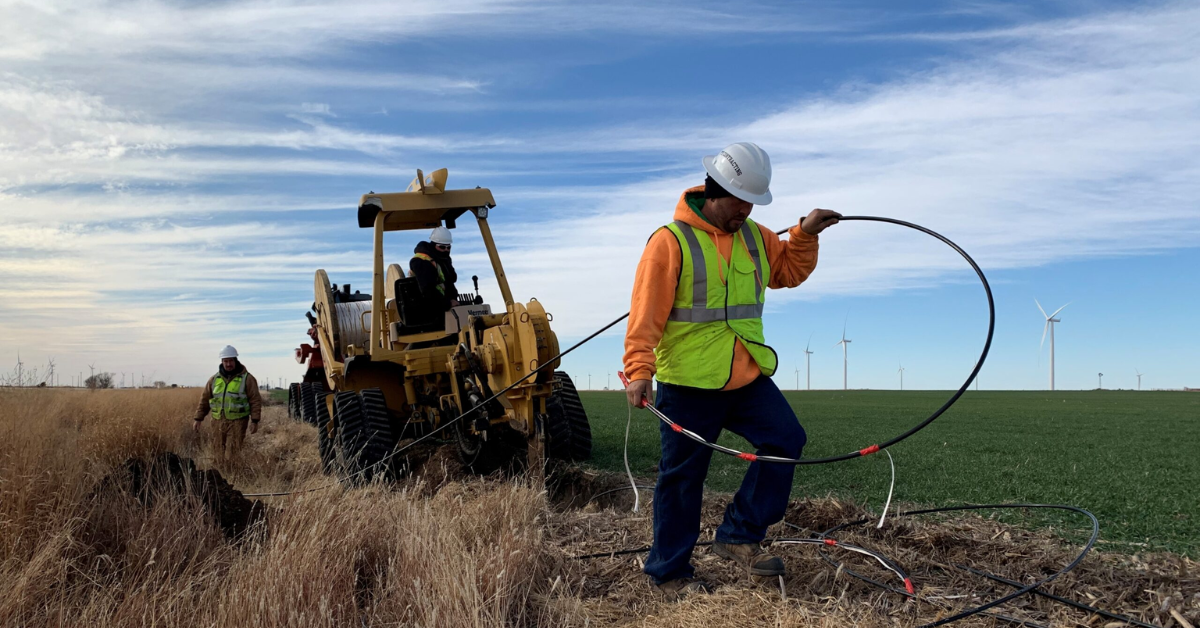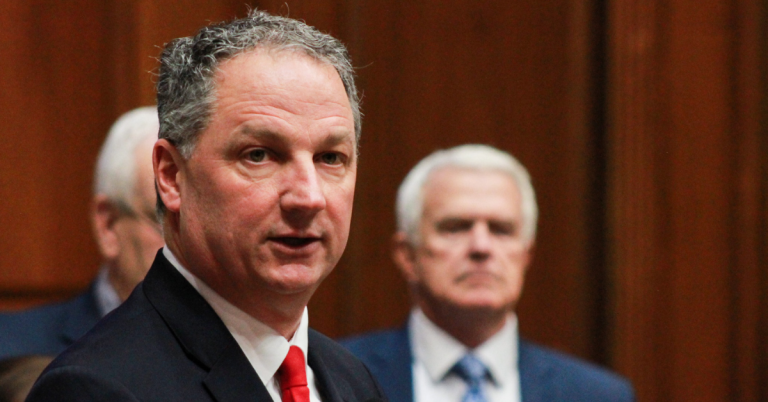In a major move to improve internet connectivity across the state, Texas has announced a $30 million grant program aimed at increasing satellite broadband coverage in rural areas. This initiative, supported by the state’s Broadband Infrastructure Fund, is set to bring high-speed internet to communities that have long struggled with poor or no connectivity.
Making High-Speed Internet Available to All
The Texas Broadband Infrastructure Fund was created with the goal of ensuring that every Texan has access to reliable and fast internet. For many rural areas in the state, access to high-speed internet has been limited, making it harder for residents to take full advantage of online services, whether for work, education, or healthcare.
Texas Comptroller Glenn Hegar highlighted the importance of broadband access in his statement. “Expanding broadband access is critical to the economic prosperity and social well-being of all Texans,” he said.

“This grant program will leverage the power of LEO satellite technology to connect unserved communities and ensure Texans in remote areas of the state have the opportunity to thrive in the digital age sooner than traditional programs may allow.”
The initiative will specifically focus on using Low Earth Orbit (LEO) satellite technology to bring high-speed internet to rural areas. LEO satellites are seen as a game-changer for broadband connectivity due to their ability to deliver faster speeds and lower latency compared to traditional satellite technology.
Why Satellite Broadband?
Rural communities in Texas and across the country often face significant challenges when it comes to internet access. Traditional internet services, such as fiber optic cables or cable-based broadband, are costly and difficult to deploy in sparsely populated areas. As a result, many rural Texans are left with slow, unreliable internet or, in some cases, no service at all.
Satellite broadband, on the other hand, provides a much-needed solution. By using satellites orbiting the Earth, this technology can reach even the most remote areas, where laying physical cables is not feasible.

LEO satellites are particularly promising because they orbit much closer to the Earth than traditional satellites, reducing signal delay and providing faster, more reliable internet service.
“The potential of LEO satellites to transform connectivity in rural areas is immense,” said Hegar. “This new technology is expected to significantly reduce latency, allowing rural Texans to access high-speed internet with little to no delays, making it possible to work, learn, and participate in the digital world without the limitations of traditional satellite services.”
The Role of the Grants
The $30 million grant program will play a key role in bringing this technology to rural Texas. These funds will be used to support the installation of satellite broadband infrastructure in underserved areas, helping to ensure that these communities are not left behind in the digital age. The program is designed to focus on rural areas that have no access to broadband or only have limited, unreliable service.
The grants will be available to both public and private organizations that are working to expand broadband access. This includes internet service providers, local governments, and non-profits that are dedicated to connecting unserved communities.
“These grants will support the development of innovative solutions that address the unique challenges faced by rural communities,” said Hegar. “By working with local governments and service providers, we can make sure that these funds are used effectively to build the infrastructure needed for widespread broadband access.”
How It Helps Rural Texans
Access to reliable high-speed internet can have a transformative effect on rural communities. For families, it means better access to education and healthcare services. For small businesses, it means being able to compete in a digital economy. And for farmers and ranchers, it means having access to the tools and technology needed to manage operations more efficiently.
Rural schools, in particular, will benefit from the increased access to broadband. Many students in remote areas struggle to keep up with online learning due to slow or unreliable internet connections. By bringing high-speed internet to these areas, the state is ensuring that all Texas students, regardless of where they live, have the same opportunities to succeed.
The healthcare sector will also benefit from improved broadband access. Telemedicine, which allows patients to consult with doctors remotely, is becoming increasingly important, especially in rural areas where access to healthcare professionals can be limited. With faster internet speeds, rural Texans will be able to take advantage of these services, improving their access to quality healthcare.
Looking Ahead
This new initiative is part of a broader effort by the Texas government to expand broadband access across the state. Governor Greg Abbott has made broadband expansion a priority, with the goal of ensuring that every Texan has access to high-speed internet by 2024.
The state has already made significant progress in its efforts to bring broadband to underserved communities. In addition to the $30 million grant program, Texas is also working with the federal government and private companies to bring more broadband infrastructure to the state.
The $30 million grants for satellite broadband coverage represent an important step in the state’s broader plan to ensure that rural Texans are not left behind as technology continues to evolve. With the help of these grants, more communities will have the opportunity to thrive in the digital world.
Conclusion
The new satellite broadband grant program is an exciting development for rural Texas. By using cutting-edge technology to connect underserved areas, the state is ensuring that all Texans have the opportunity to participate in the digital age.
The $30 million in grants will help bring high-speed internet to communities that have long been neglected by traditional broadband services, giving them the tools they need to succeed in today’s connected world.
Disclaimer: This article has been meticulously fact-checked by our team to ensure accuracy and uphold transparency. We strive to deliver trustworthy and dependable content to our readers.







Leave a Comment